Casa PratginestósJoan Díaz (b. 1941)
Extant
Llinars del Vallès, Catalunya, 08450, Spain
Located at Calle Cervantes 18-20 with corner of Calle Jacint Verdaguer, Llinars del Vallès, Spain 08450
Much of the adornment of Casa Pratginestós is viewable from the three streets that border the property. The interior of the house is not generally open to the public.
About the Artist/Site
Joan Díaz was born in the French city of Montauban during the time that his family lived there as emigrant refugees escaping the horrors of Spain’s Civil War. Although there had been no artists or musicians in Díaz’s family, he was drawn to these subjects as a young boy; he remembers that he always painted and drew as a child and also studied music, playing violin and piano, singing in the chorus of his school, and playing organ in the local church for weddings.
But instead of studying music, after the war and the family’s return to Spain, Díaz went on to study technical architecture, complemented with training in technical drawing, and he took a position working for the municipal offices of Granollers, a job he held for 17 years while, at the same time, he worked with his father in the family business of engineering grain elevators. He never finished his degree in architecture – there was too much work to do helping his father – but certainly absorbed its principles and processes. In 1965, at the age of 24, he purchased a piece of property that was then located at the end of the town of Llinars del Vallès, and given his basic knowledge of architecture, he designed his future house himself, drawing the plans for a blocky three-story monolith that towered over the corner of lower homes that were beginning to fill in the empty spaces. He and his wife Asunción moved there in 1969; they had two daughters (and, as of this writing, two granddaughters as well).
At the beginning Díaz had no thought of decorating his new house, although being so close to Barcelona – and given his architectural training – he certainly knew, and greatly admired, the work of the Catalan Modernist master Antoni Gaudí. But he tentatively began thinking about adding color and texture to his home, and started with a mural on the interior of a perimeter wall, using only the natural rocks and stones of the surroundings, composing a stylized image of a couple set against a natural backdrop. Soon, however, he was ready for color, and has created a series of increasingly complex mosaic murals on both the interior and exterior of his home. He focuses his imagery on the biographical, the local, and the apocryphal, and while there are numerous images of local towns and their traditions, monuments, and the natural landscape, he has also added visual paeans to the arts – particularly music, drawing, painting, and sculpture – his long-time passions.
While Díaz selects images, decides on which media to use where, cuts the tiles, mixes the cemento cola mortar [a mixture that includes a glue, made especially for tilework] to affix the materials to the walls, layers it on with a simple kitchen knife, and places the pieces, his wife Asunción has been a faithful and supportive partner in this project from the beginning. She claims to aid him no further than small assistance such cleaning the excess mortar off of the pieces once they have been affixed, but Díaz counts her as a wise and exacting critic. “She’s tough, but she’s never wrong,” he says; in turn, she complements him by saying that he has boundless energy, and, even more endearing to her, that he is constantly pleasantly surprised by the work he produces: he never says that he’s disappointed in the final results, only that he’s amazed that it turned out even better than he had hoped.
Díaz articulates his inspiration by the works of Gaudí; in fact, he says that as he works, he considers what paths he thinks the master would have taken, and follows that direction: if he starts to work in a way that Gaudí would not have liked, he changes his work. And, unlike many other art environment creator-builders in Spain and across the world, Díaz has been supported and lauded by his neighbors and the municipality. Energetic and enthusiastic, he is full of plans for future adornments, creating dramatic works out of his modest studio, and, with much wall and floor space remaining, he will no doubt continue to promote his stories and change his space for years to come.
Much of the adornment of Casa Pratginestós is viewable from the three streets that border the property. The interior of the house is not generally open to the public.
~Jo Farb Hernández, 2016
Contributors
Map & Site Information
Llinars del Vallès, Catalunya, 08450
es
Latitude/Longitude: 41.639776 / 2.4014836
Nearby Environments


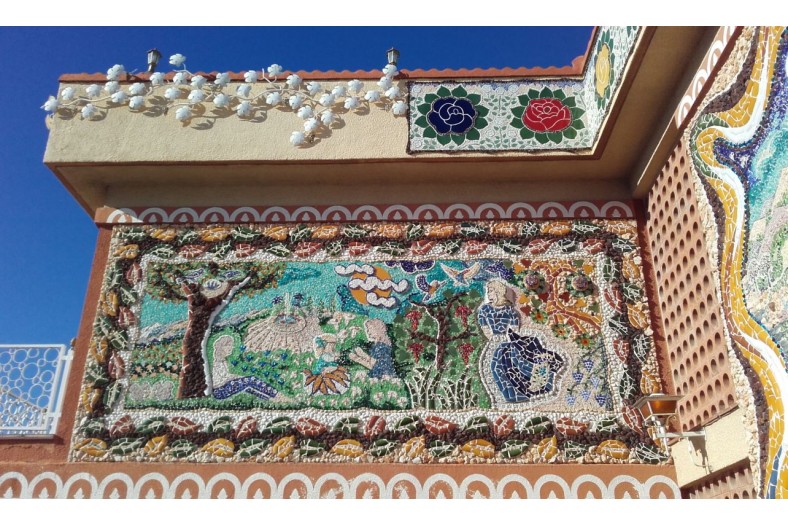

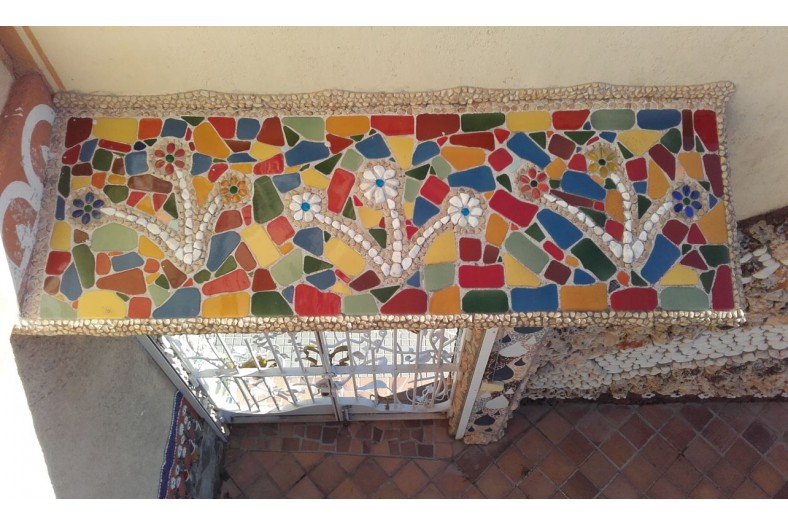
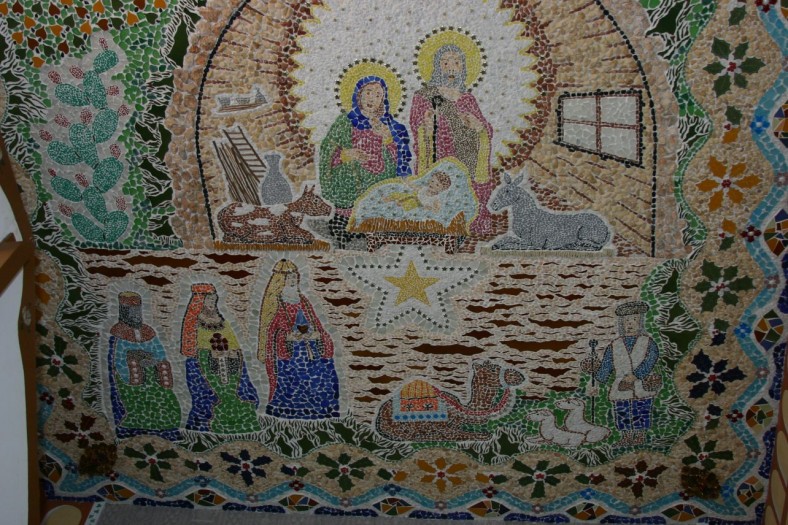
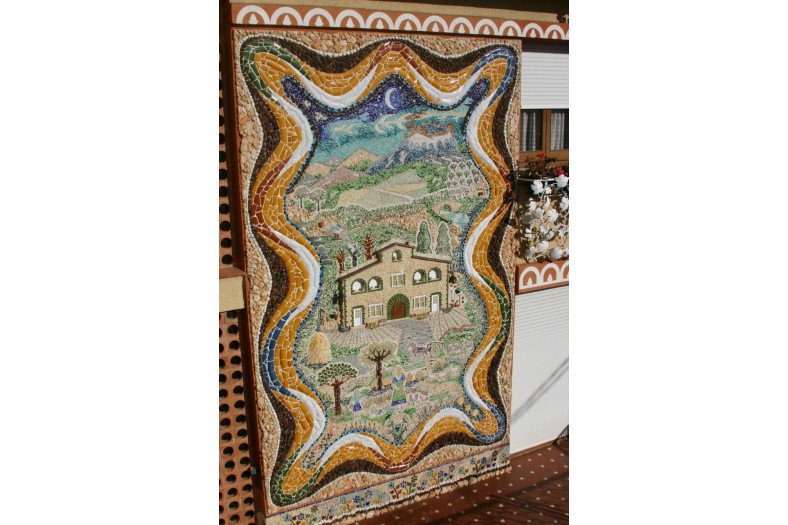
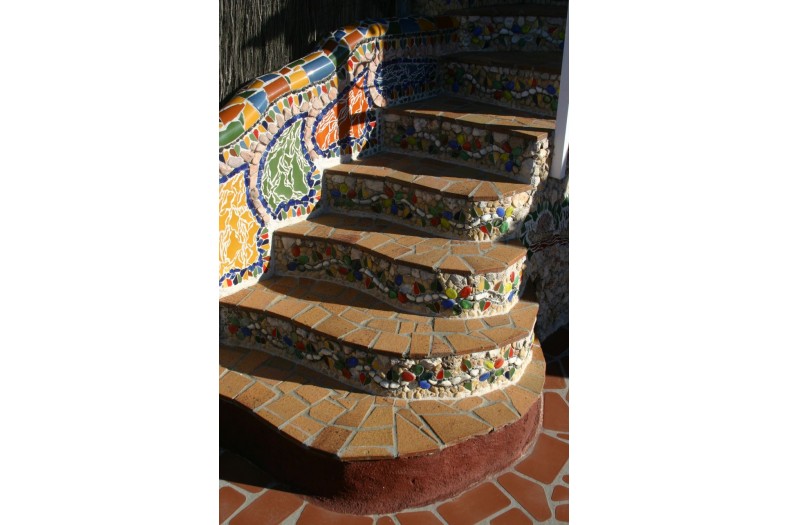
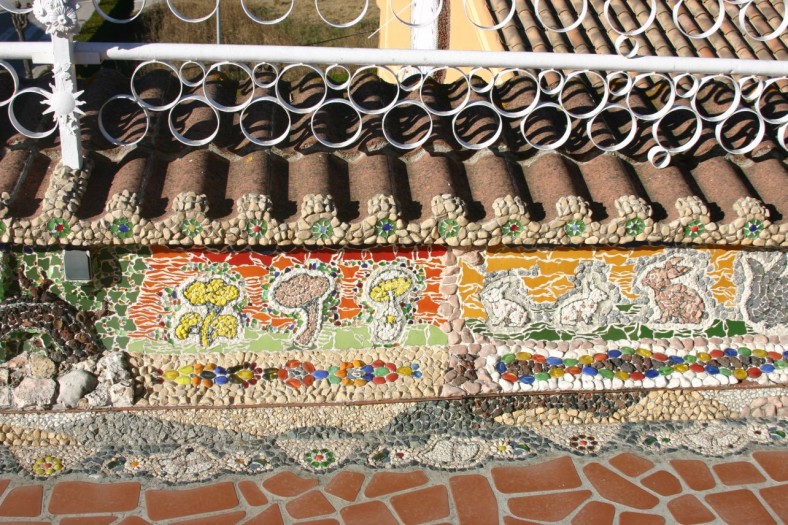
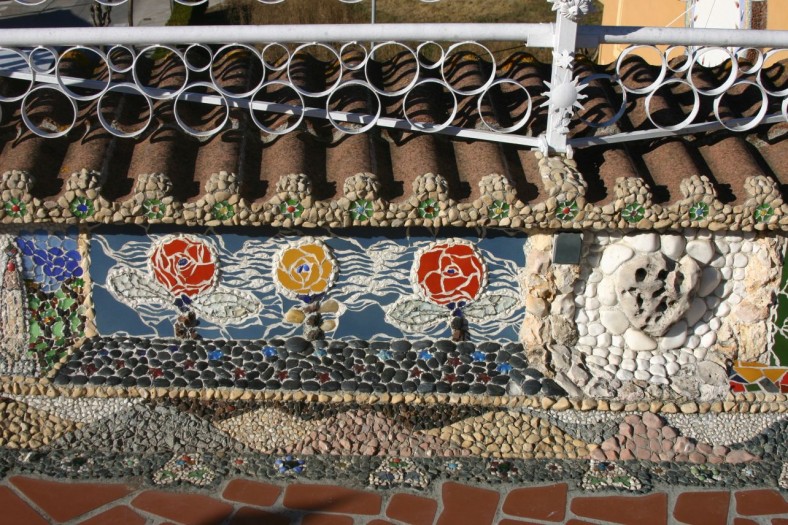
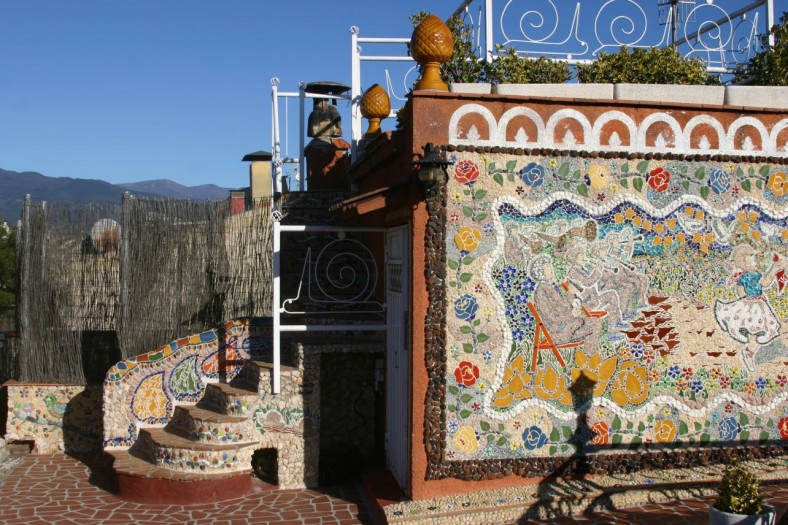
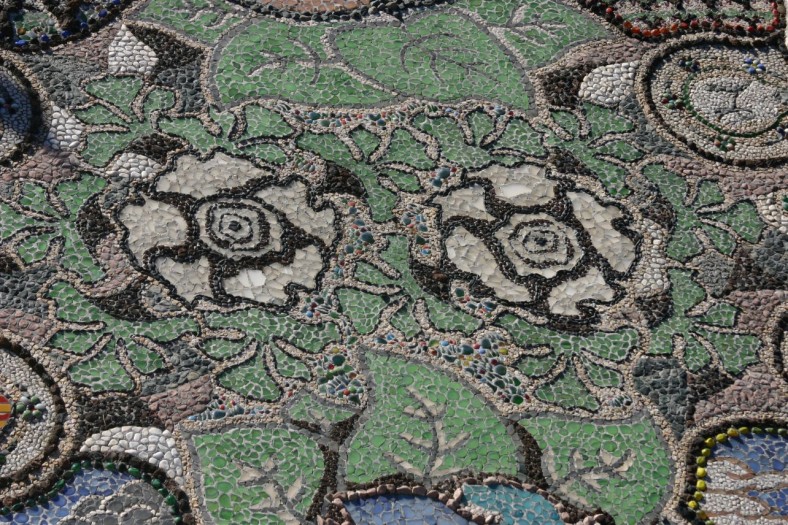
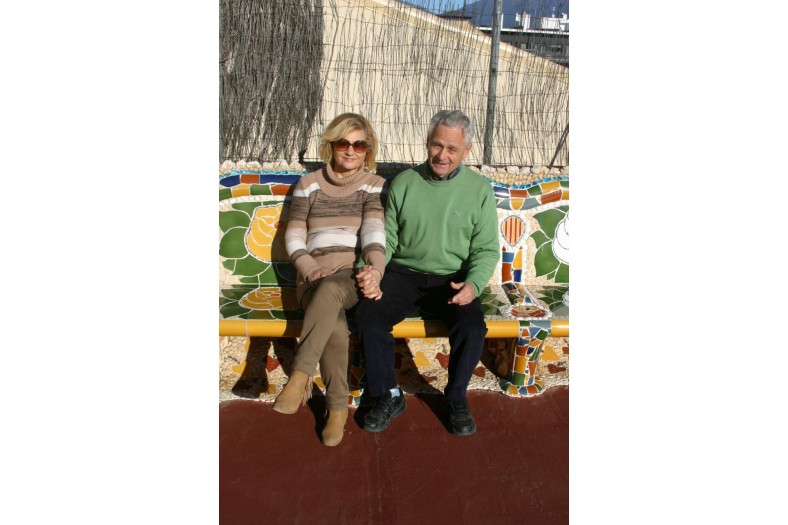
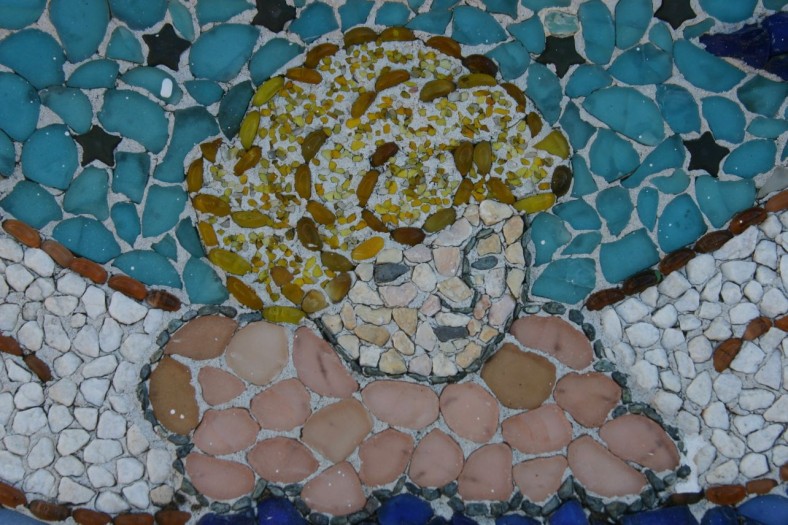
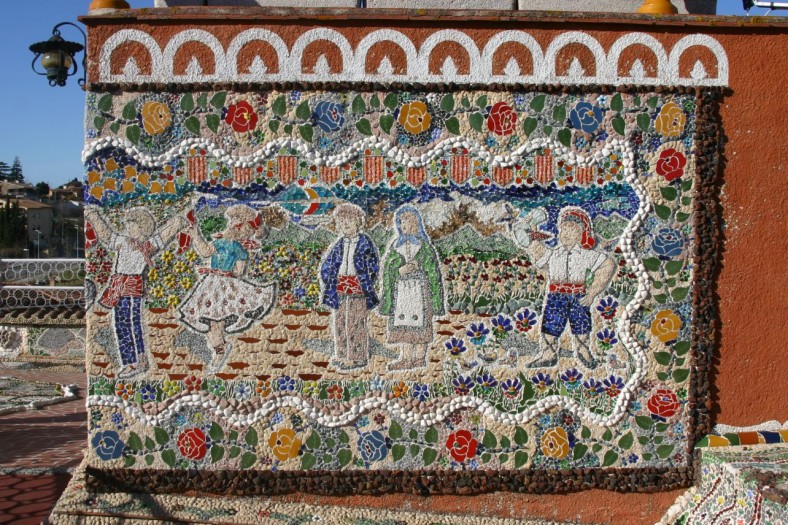
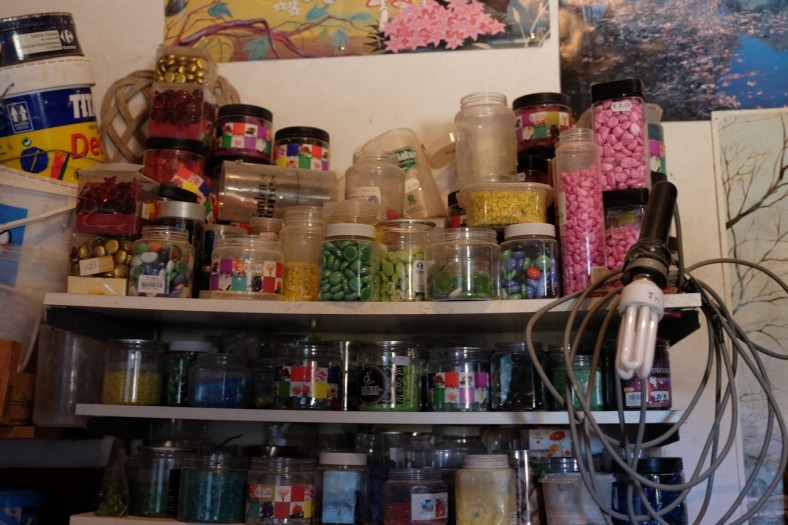
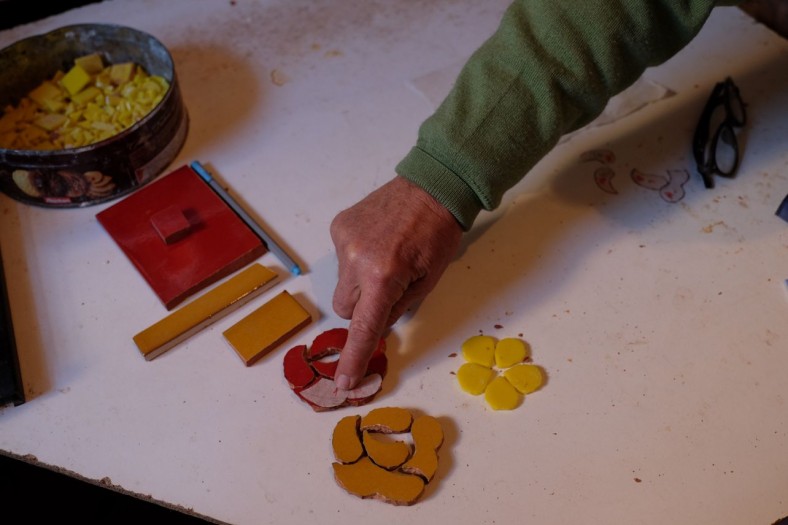
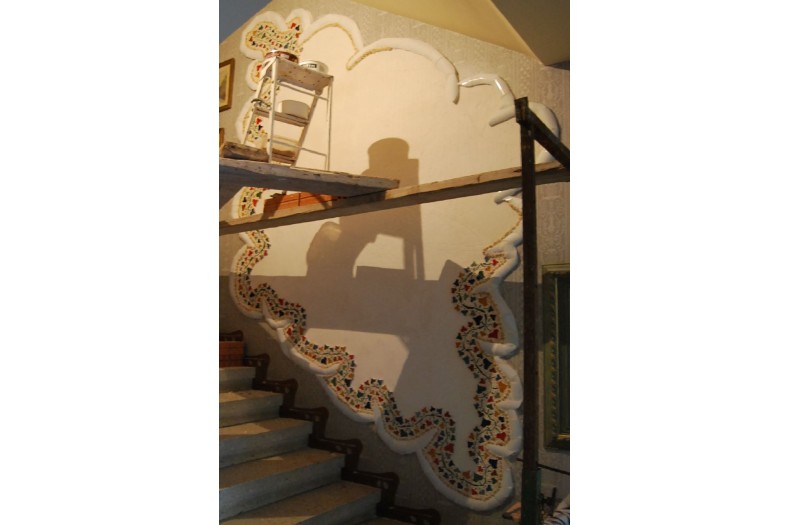
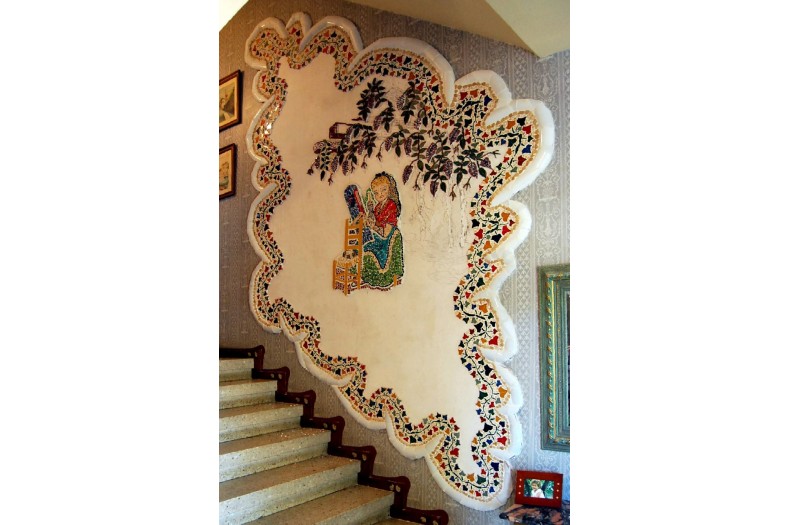
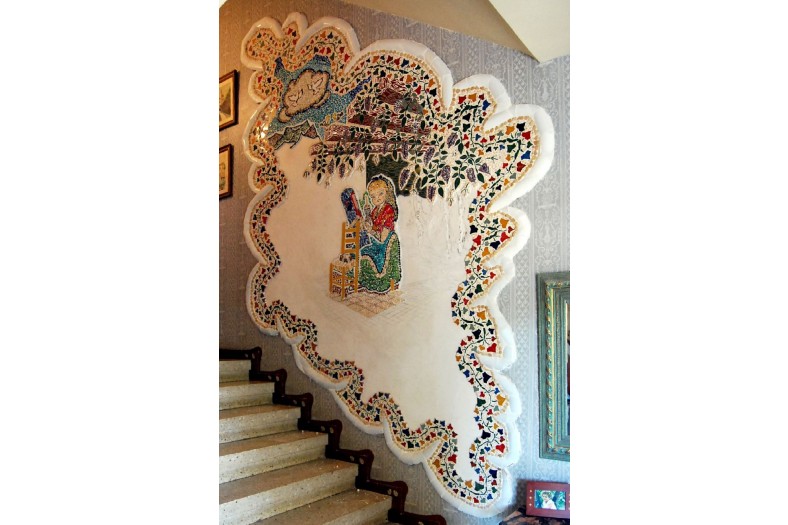
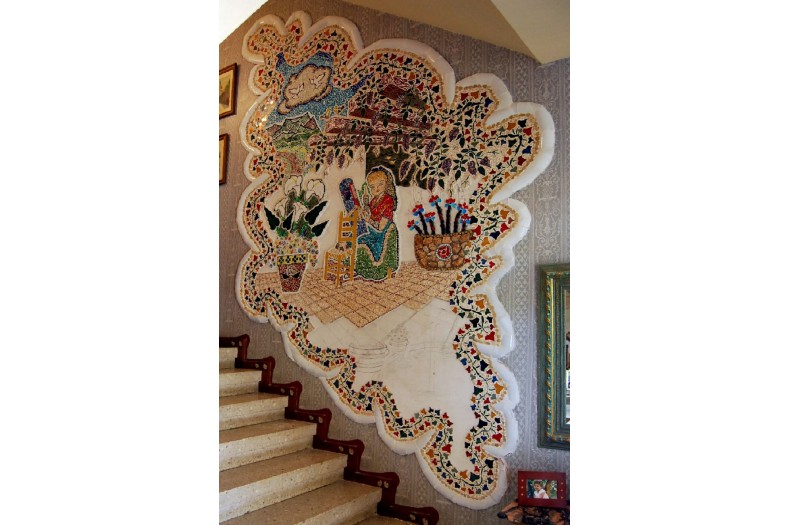

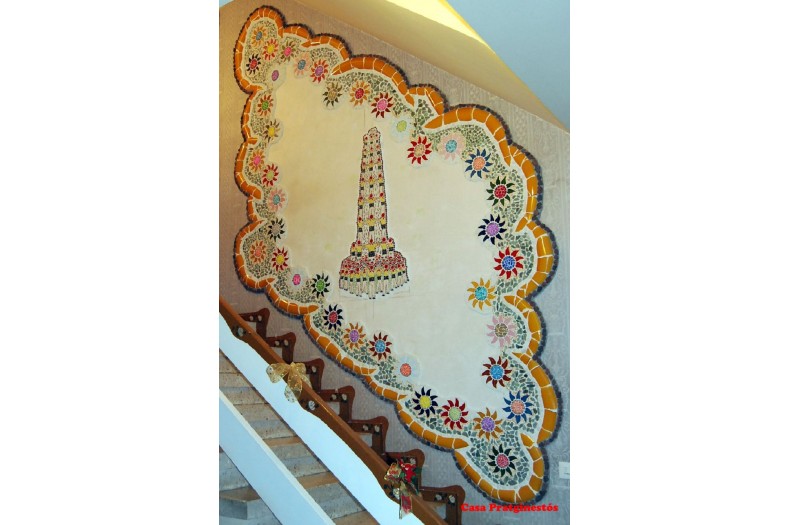
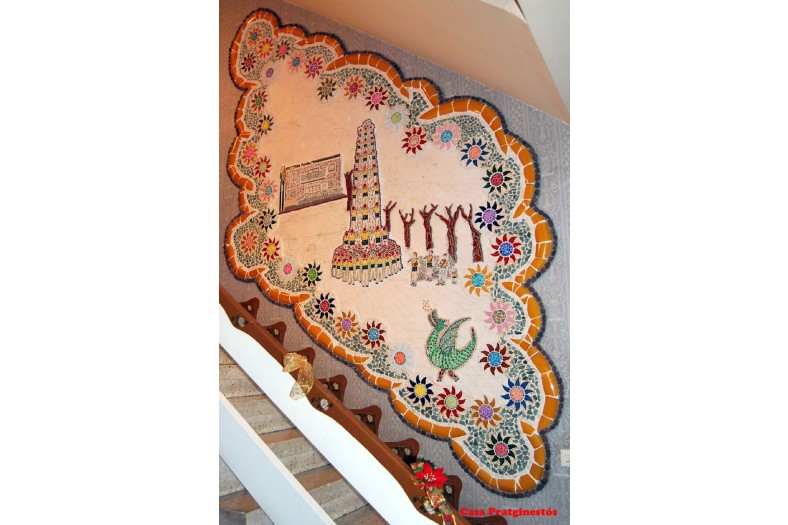
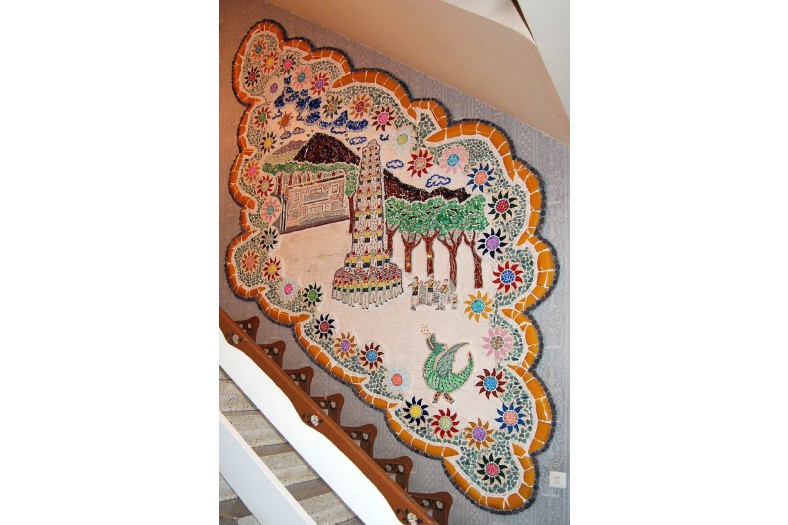
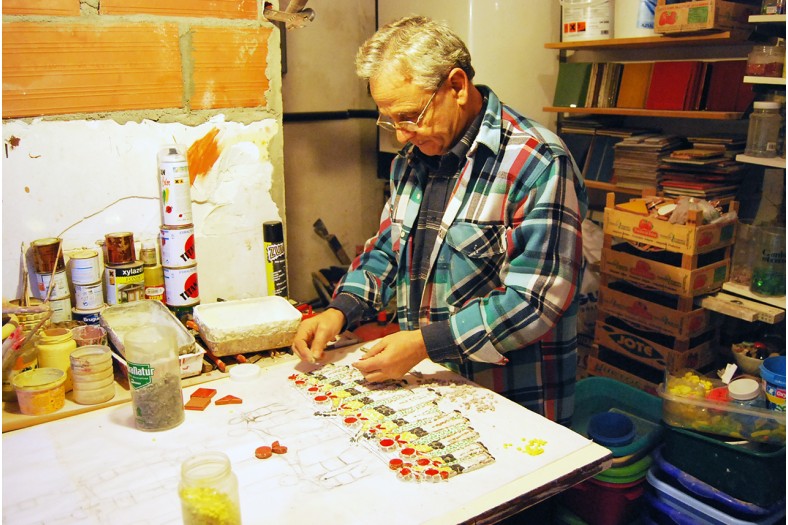
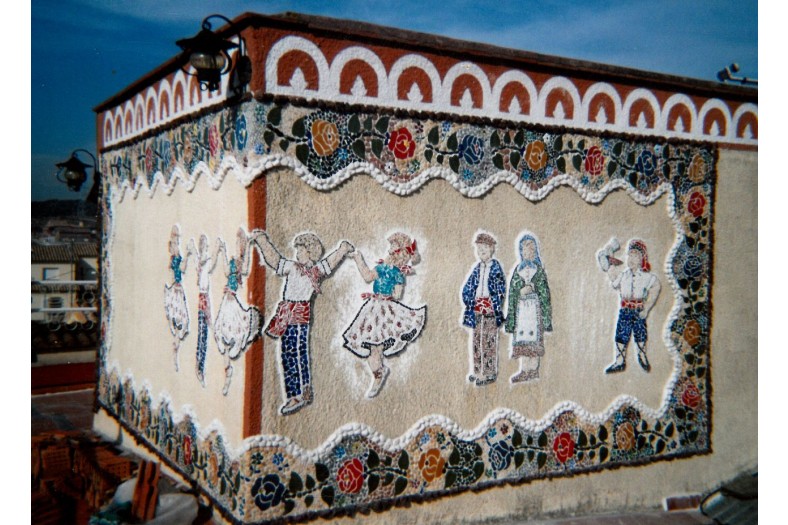
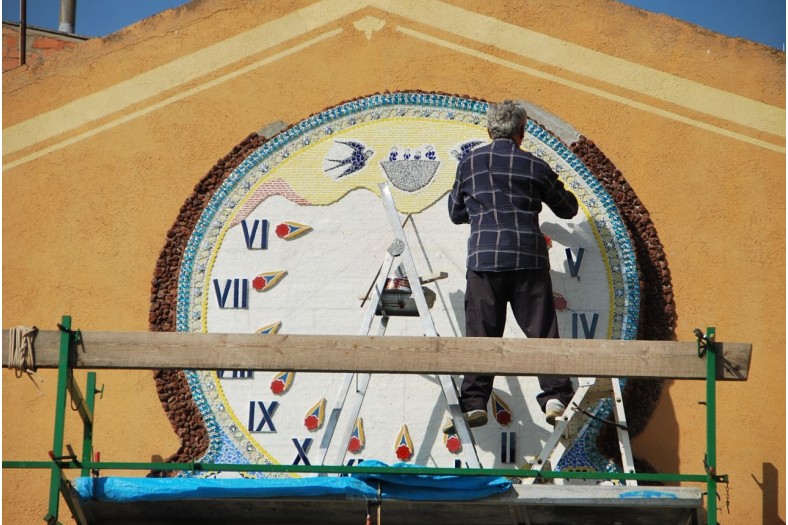
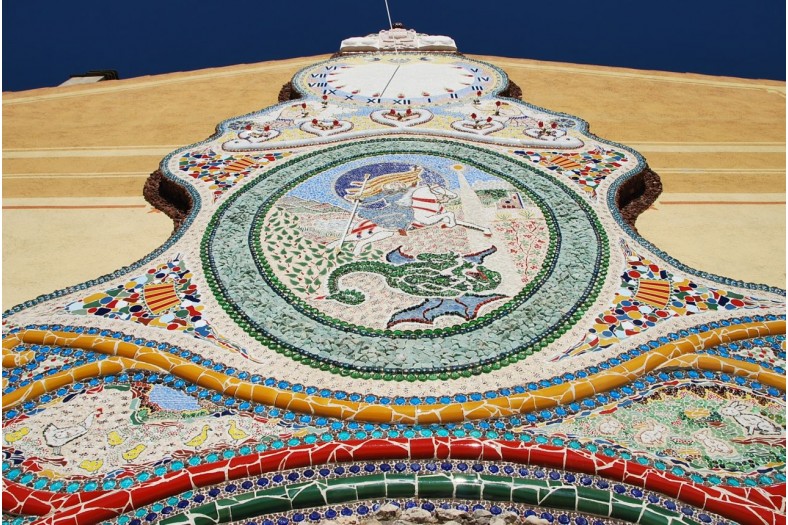
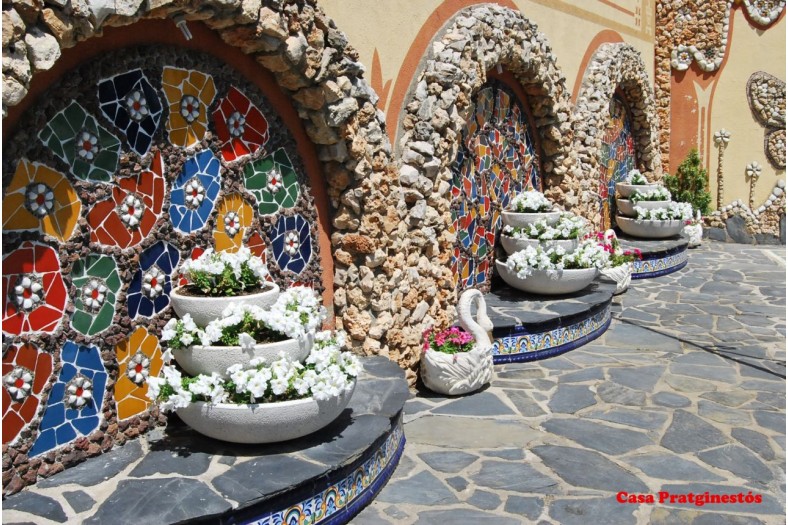
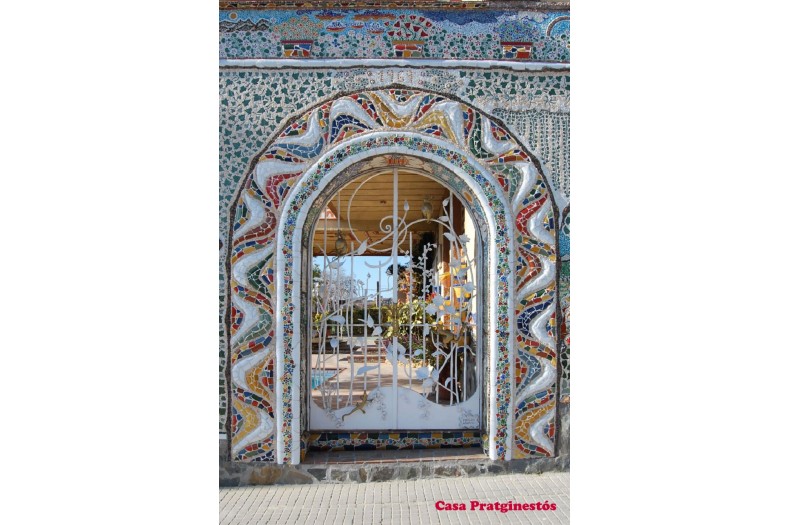
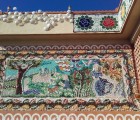
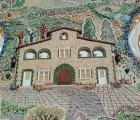
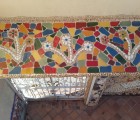
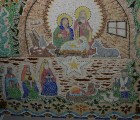
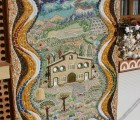
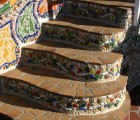
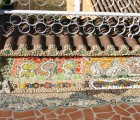
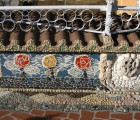
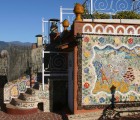
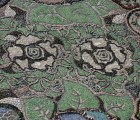
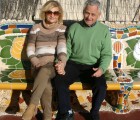
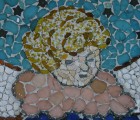
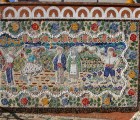
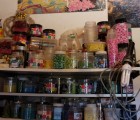
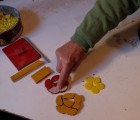

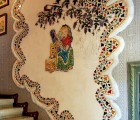
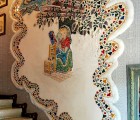
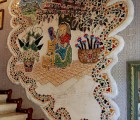
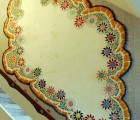
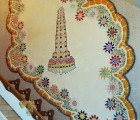
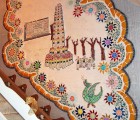
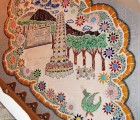
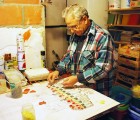
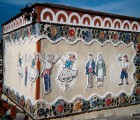
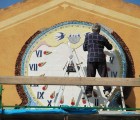
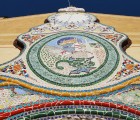
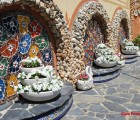
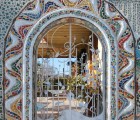
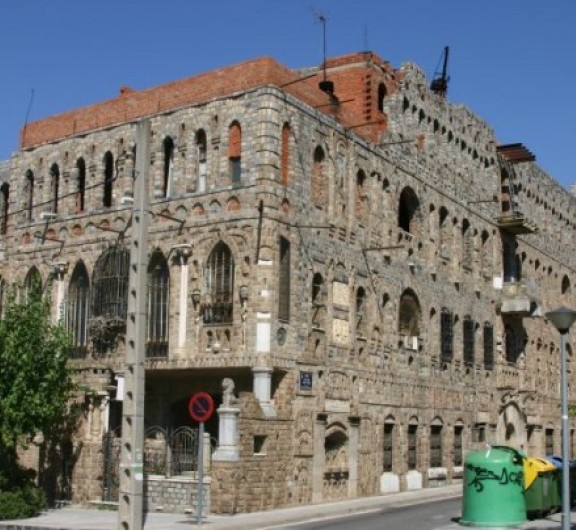
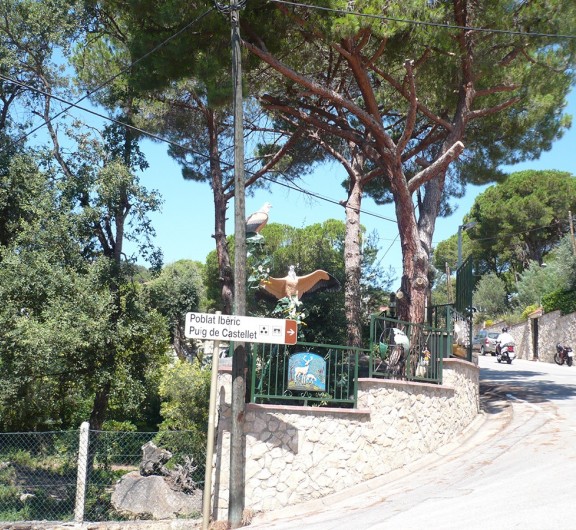
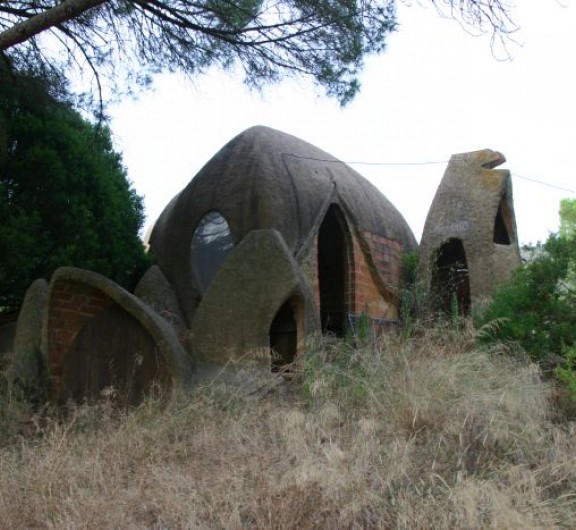
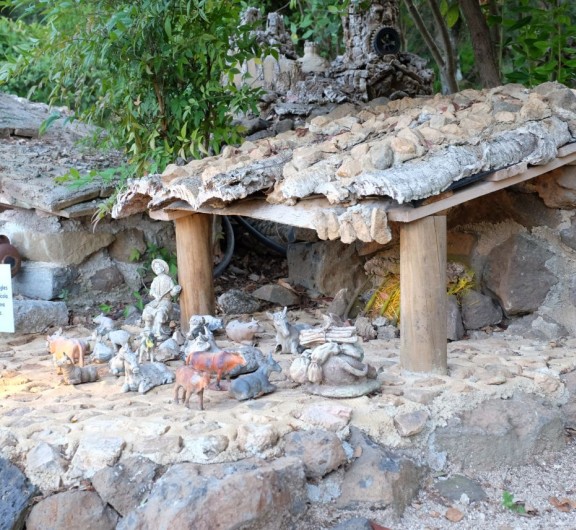
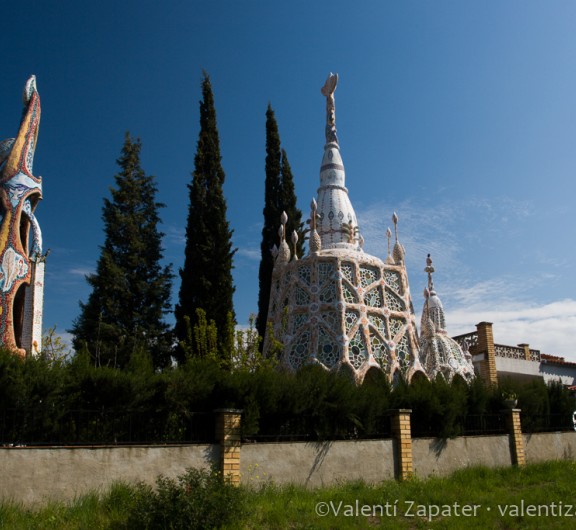
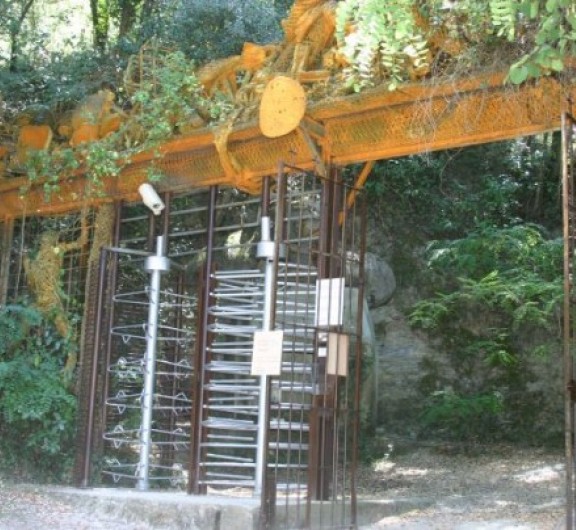

Post your comment
Comments
No one has commented on this page yet.